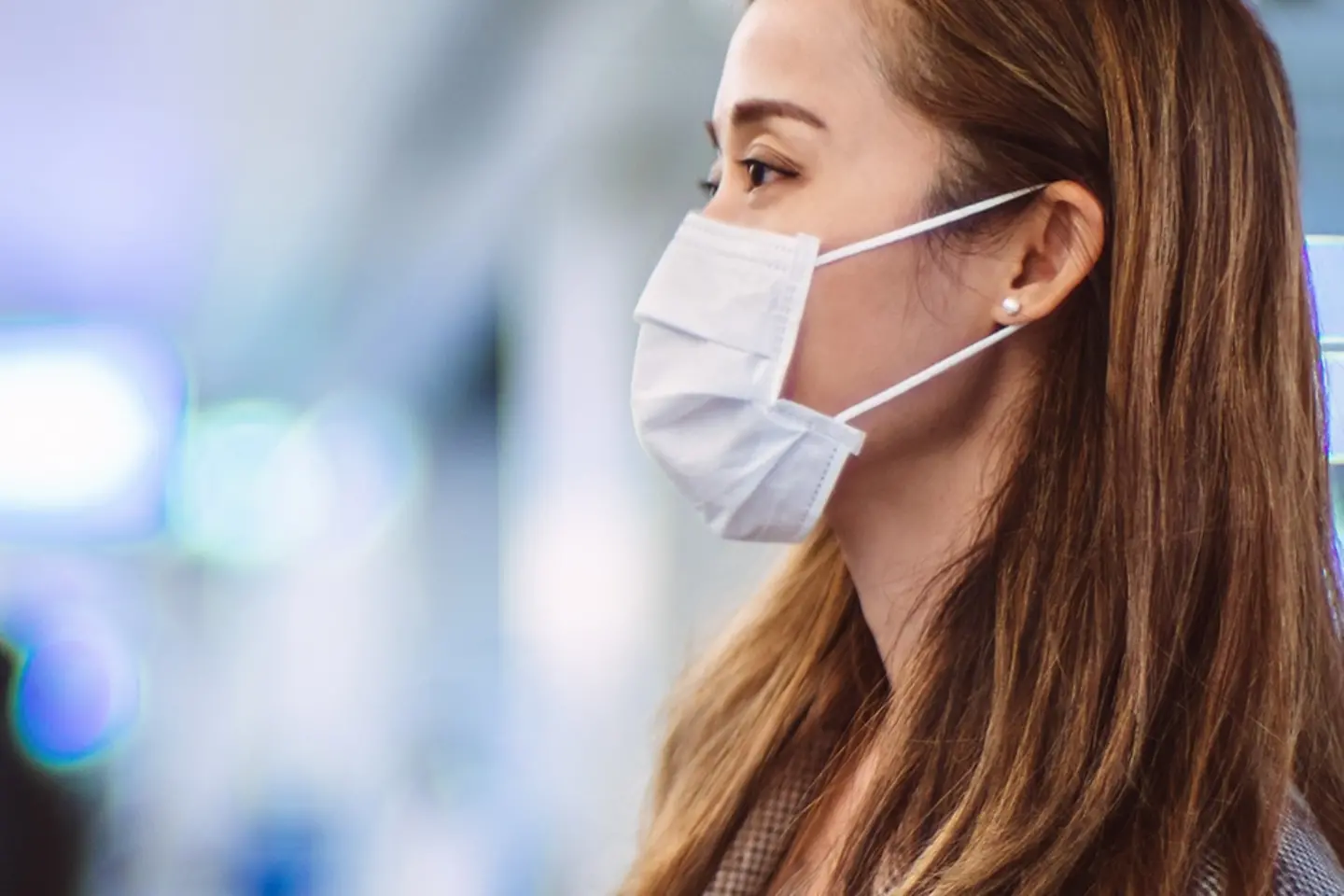
Public transport in North America recorded around 10 billion trips in 2019, but this changed dramatically in March 2020: After the global Covid-19 pandemic also reached the USA in January, many states decided to lock down. With the help of T-Systems, a local transport provider responded to the concerns of its passengers and employees. By using a thermal scanner, the public transport provider was able to restore confidence in the bus services and send a strong signal to customers and employees. The increasing number of passengers makes an important contribution to avoiding dramatic financial consequences. T-Systems implemented the easy-to-use and robust solution within a very short time frame of around 40 days.
With the thermal scanners, we were able to help the local transport company to restore the passengers' confidence in bus use.
Matthew Oaks, Project Manager at T-Systems

As a result of the lockdown, capacity utilization of buses and trams fell to a minimum. But the transport companies felt the effects even after the respective lockdowns were lifted: There were still reservations against public transport because of the potential risk of infection. A critical situation for many public transport companies. If the operating costs for the vehicle fleet and personnel cannot be refinanced, local transport companies find themselves in financial difficulties. In May 2020, T-Systems was asked by a US public transport provider to develop a solution to make bus travel safer. And it was supposed to be ready for use quickly.

T-Systems proposed a scanner in the entrance area of the buses to check the temperature of passengers boarding. 8-inch tablets with an Android operating system serve as scanners. They run locally without a cloud backend, so they do not require connectivity. They are equipped with a camera and a thermal scanner as standard. The body temperature of boarding passengers is recorded within seconds and checked using an app. If the values are within certain tolerances, the display gives positive feedback and allows entry. However, if the body temperature is above the limit value, the passenger is not allowed to board. The transport company ordered 200 such devices for its buses. Some devices were additionally installed at the entrances to the company's own office buildings in order to protect employees from infection. The project was brought to life within about 40 days.